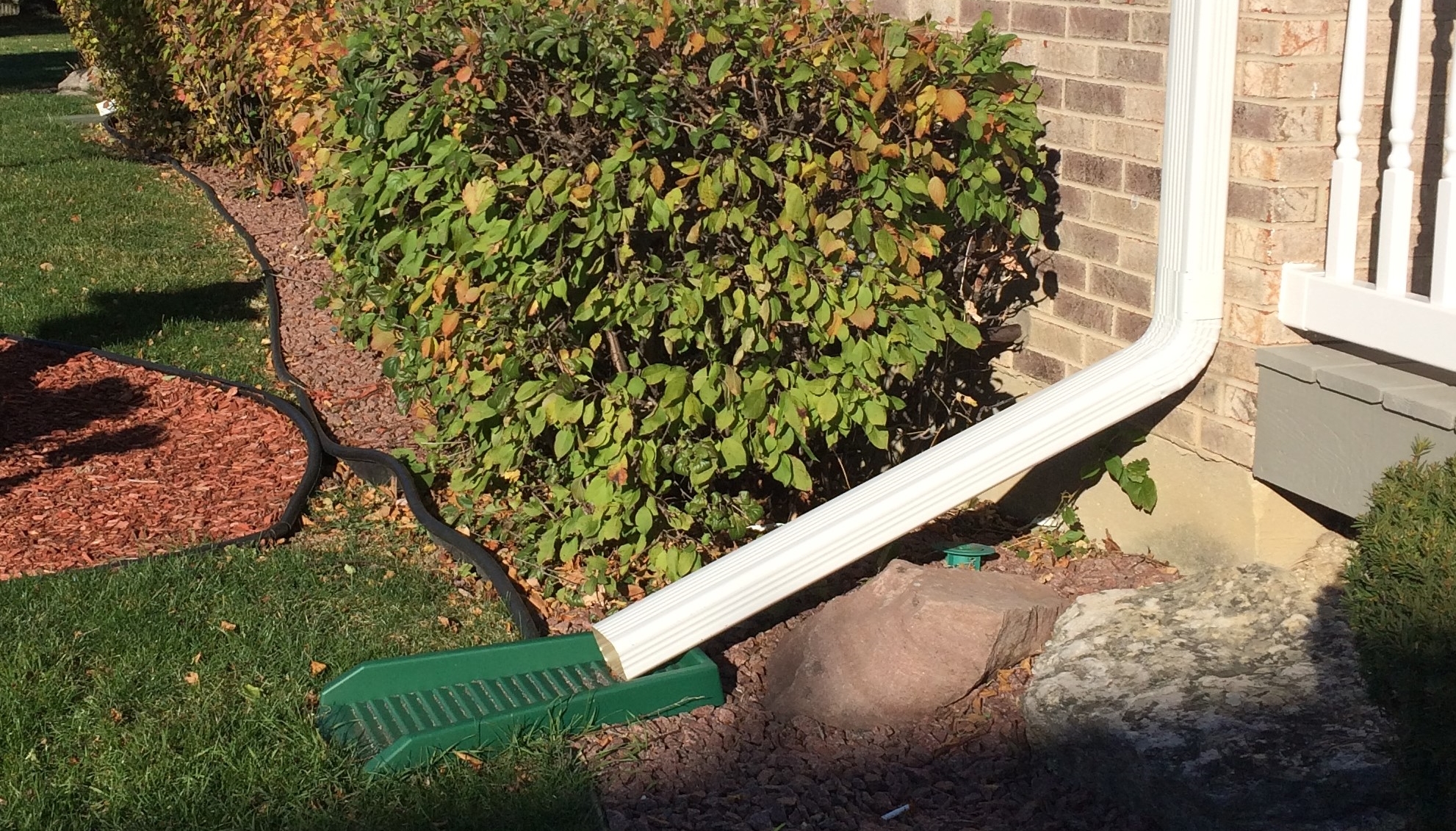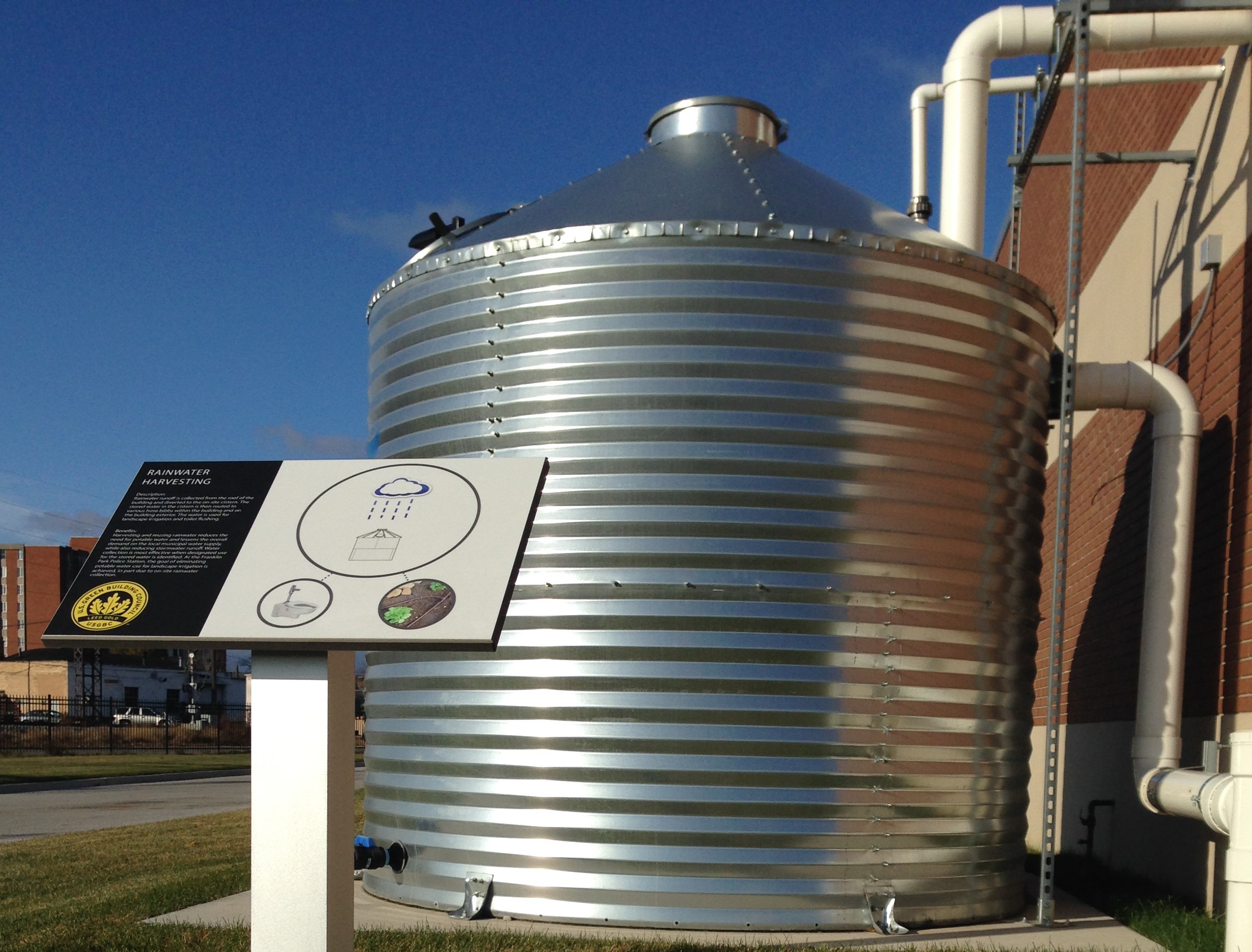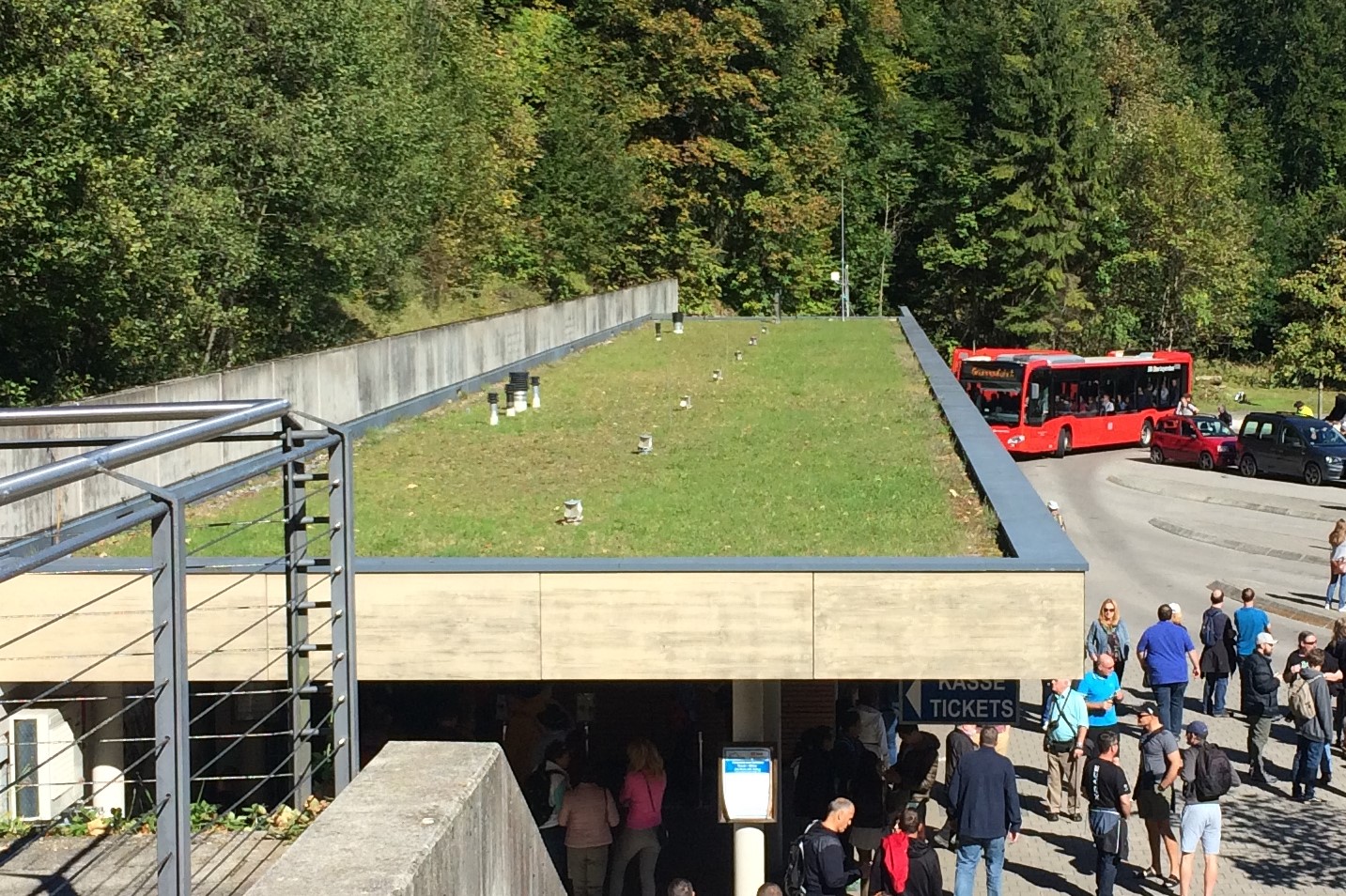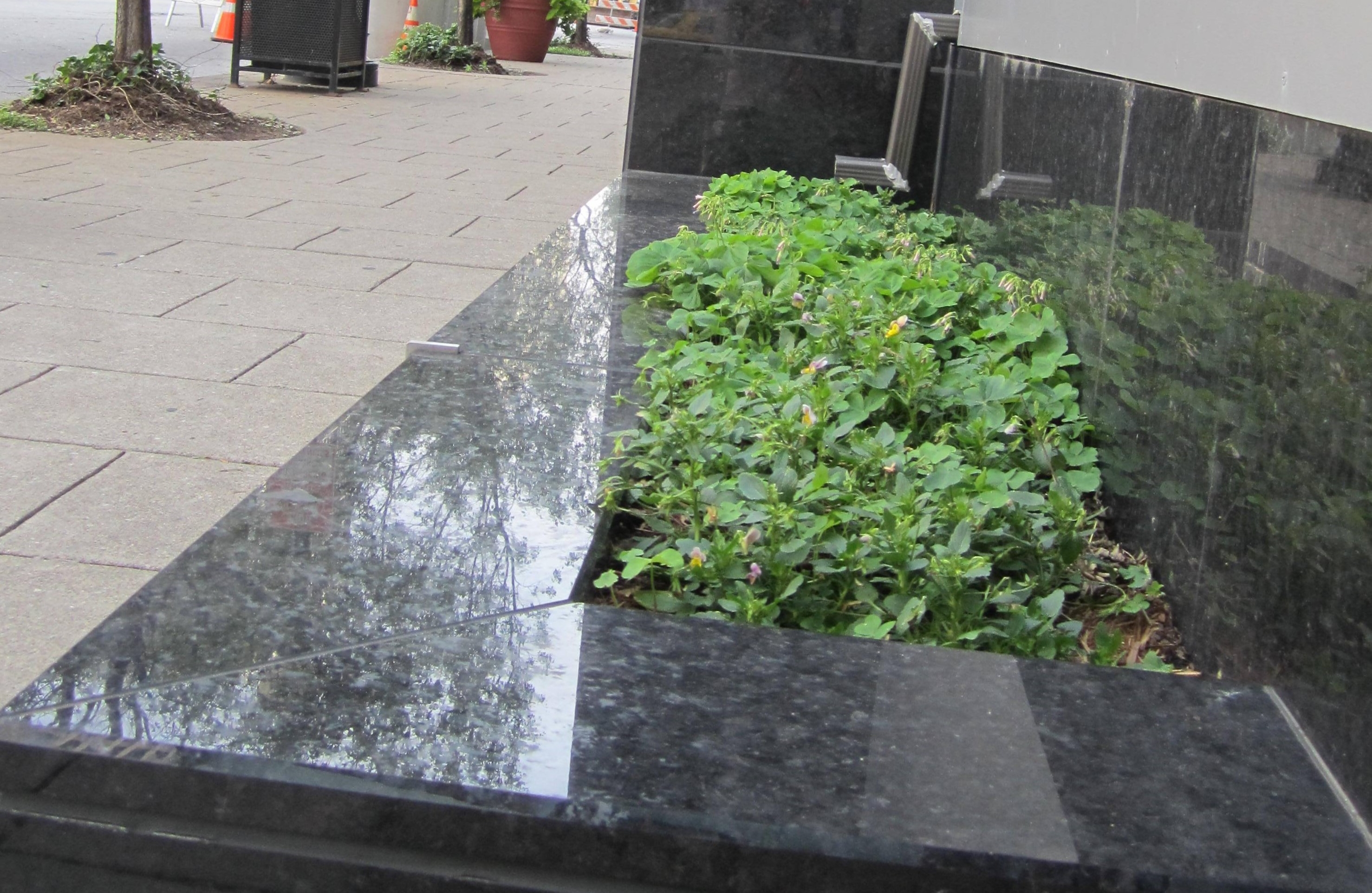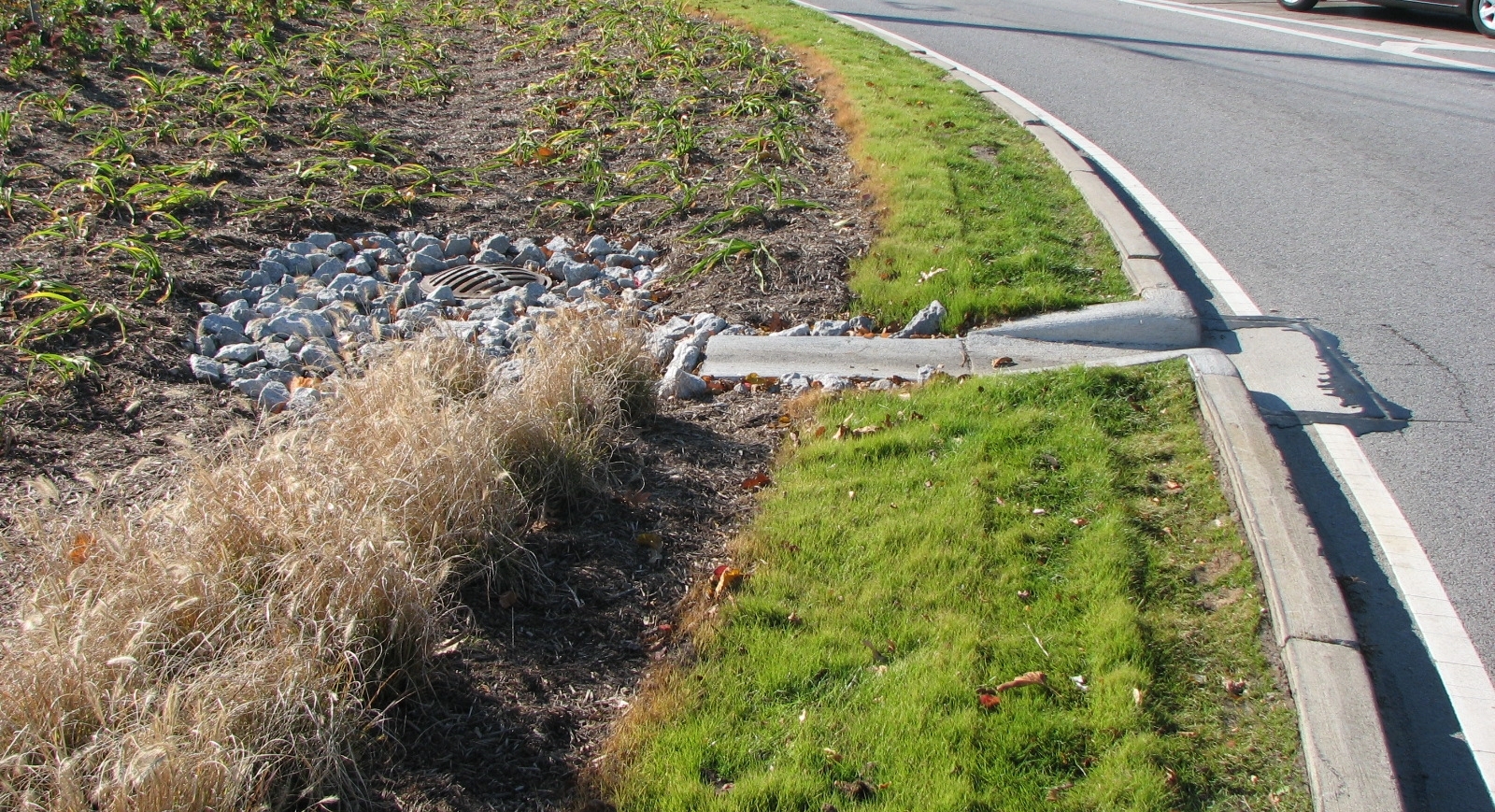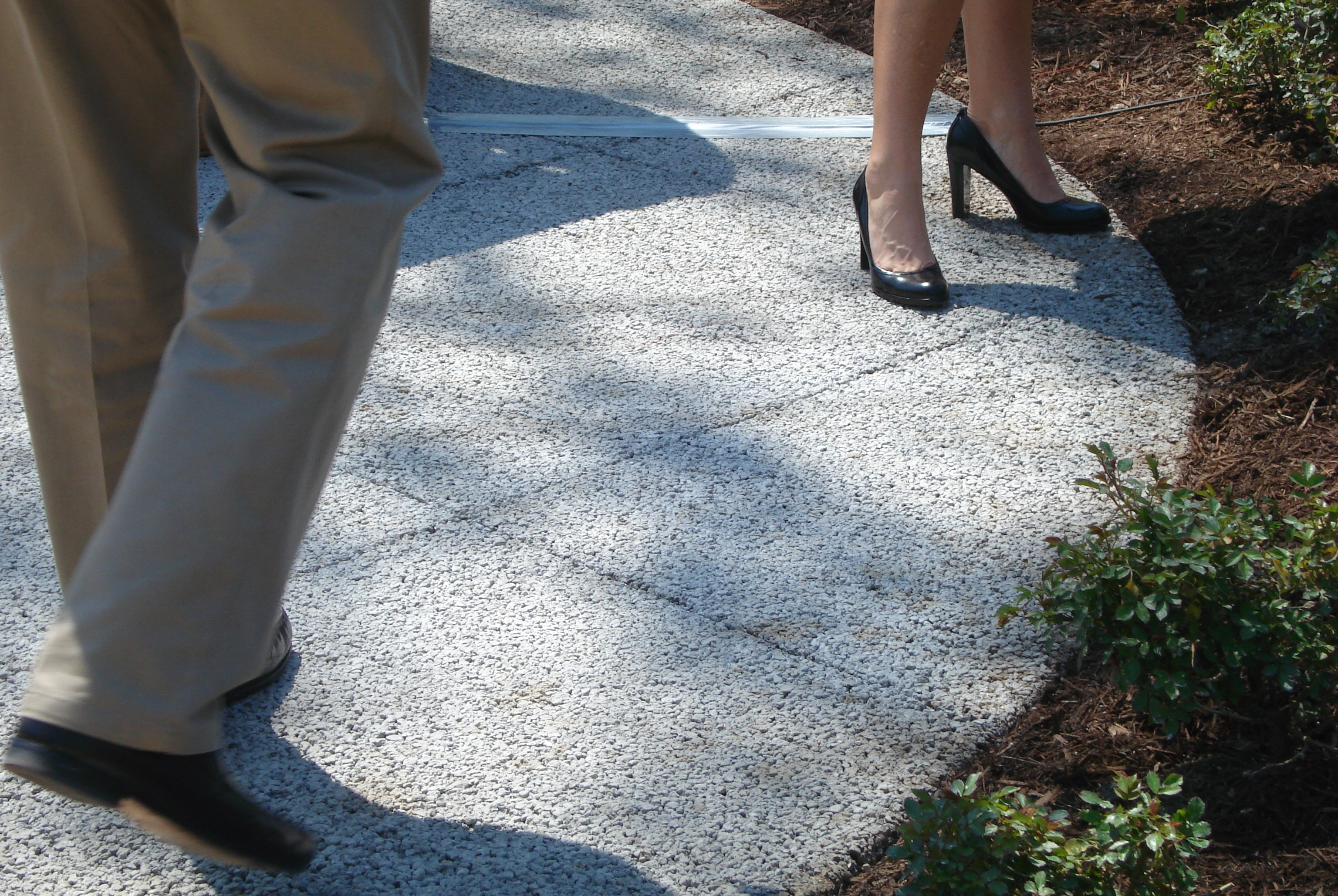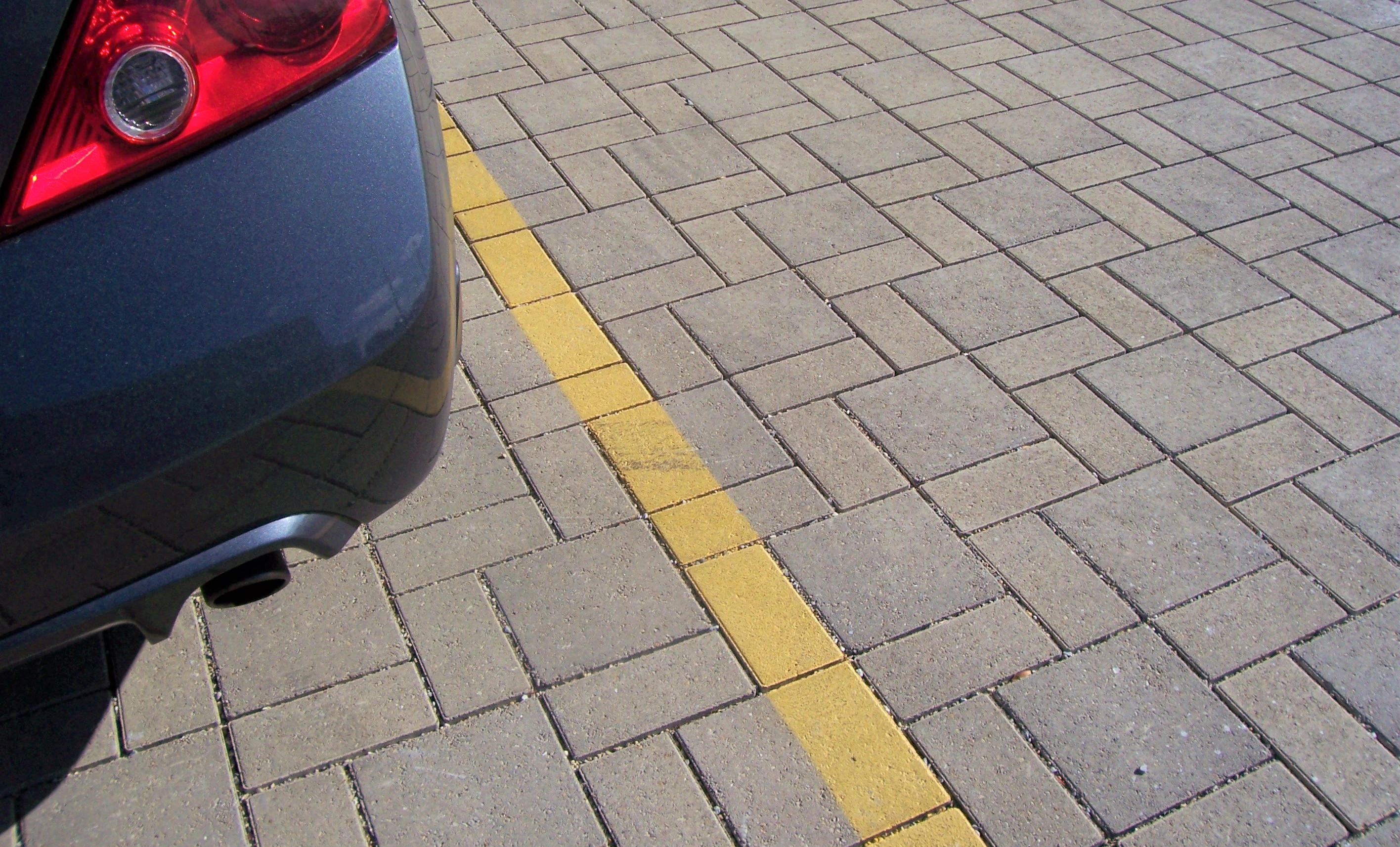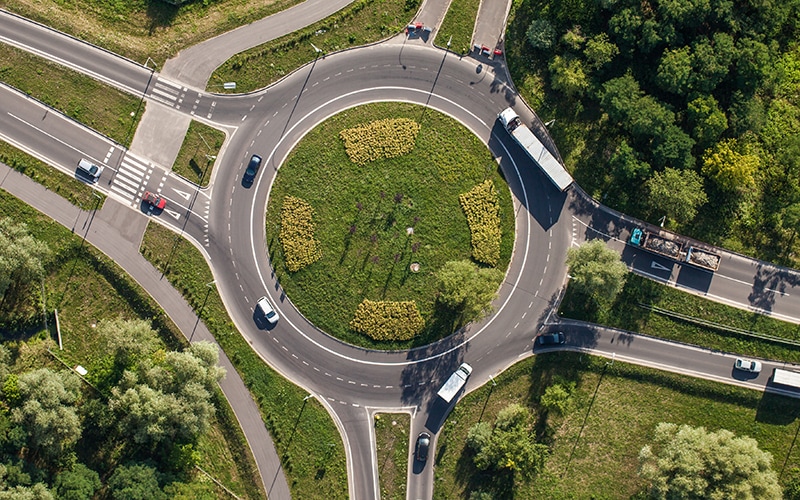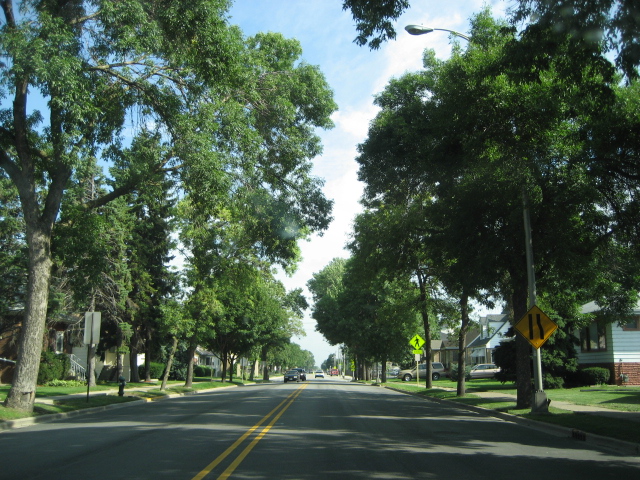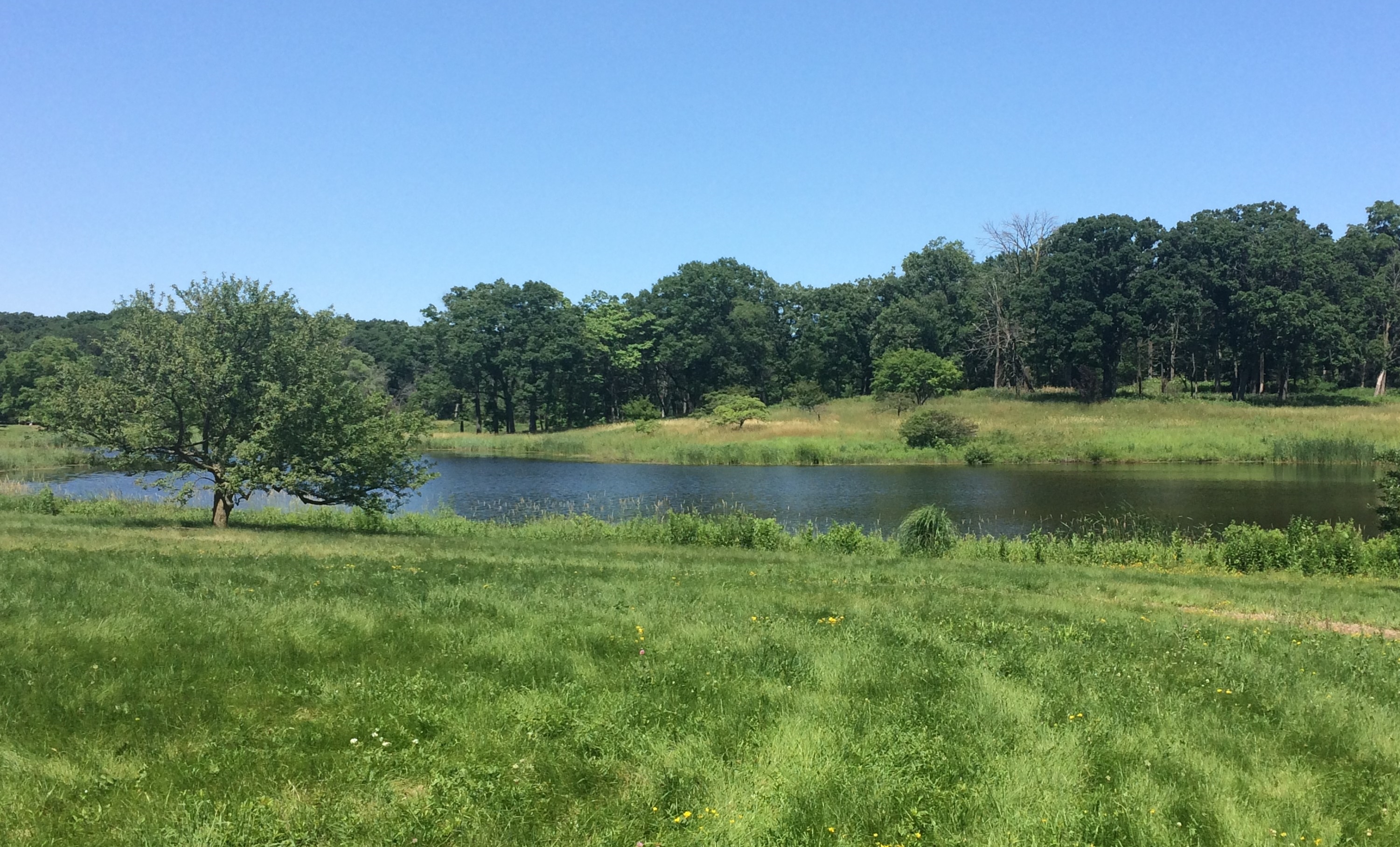Green infrastructure provides habitat, flood protection, cleaner air, and cleaner water. These systems use vegetation and soils to soak up and store stormwater.
Please be aware that green infrastructure measures need to be tailored to your property and, depending on the project, you may need to consult with an architect, engineer, or another expert. Check with your local planning and zoning office or building department before you start.
